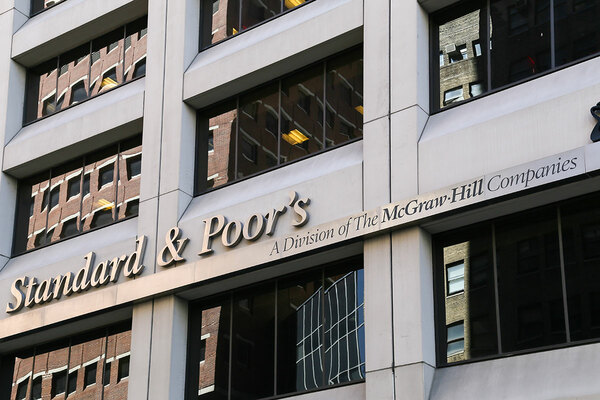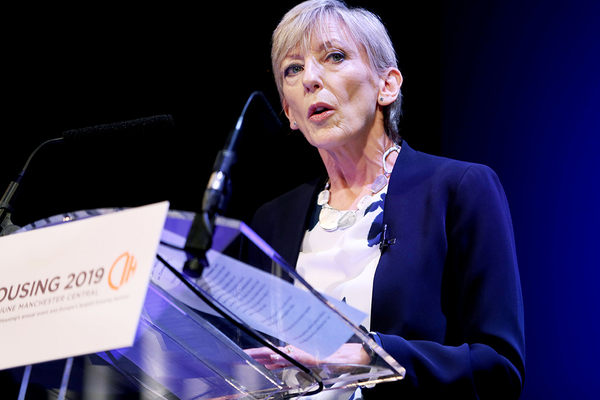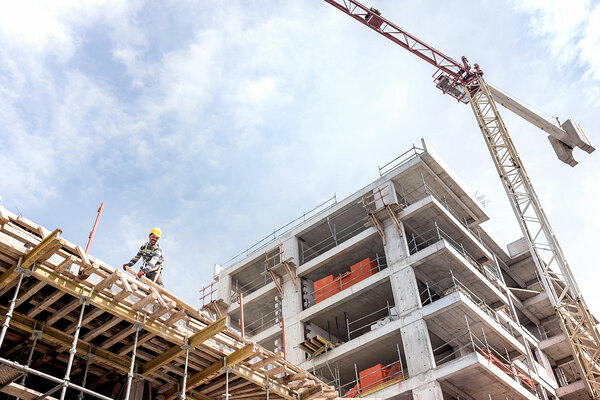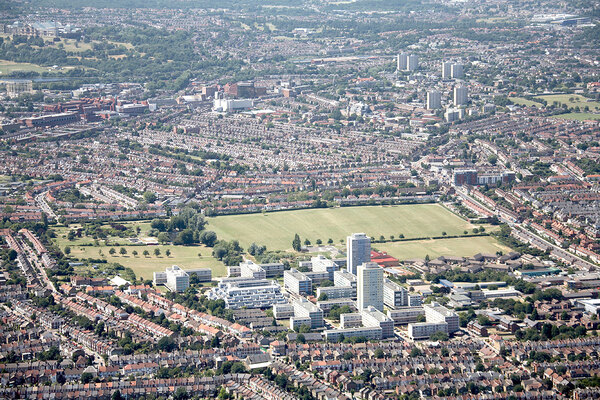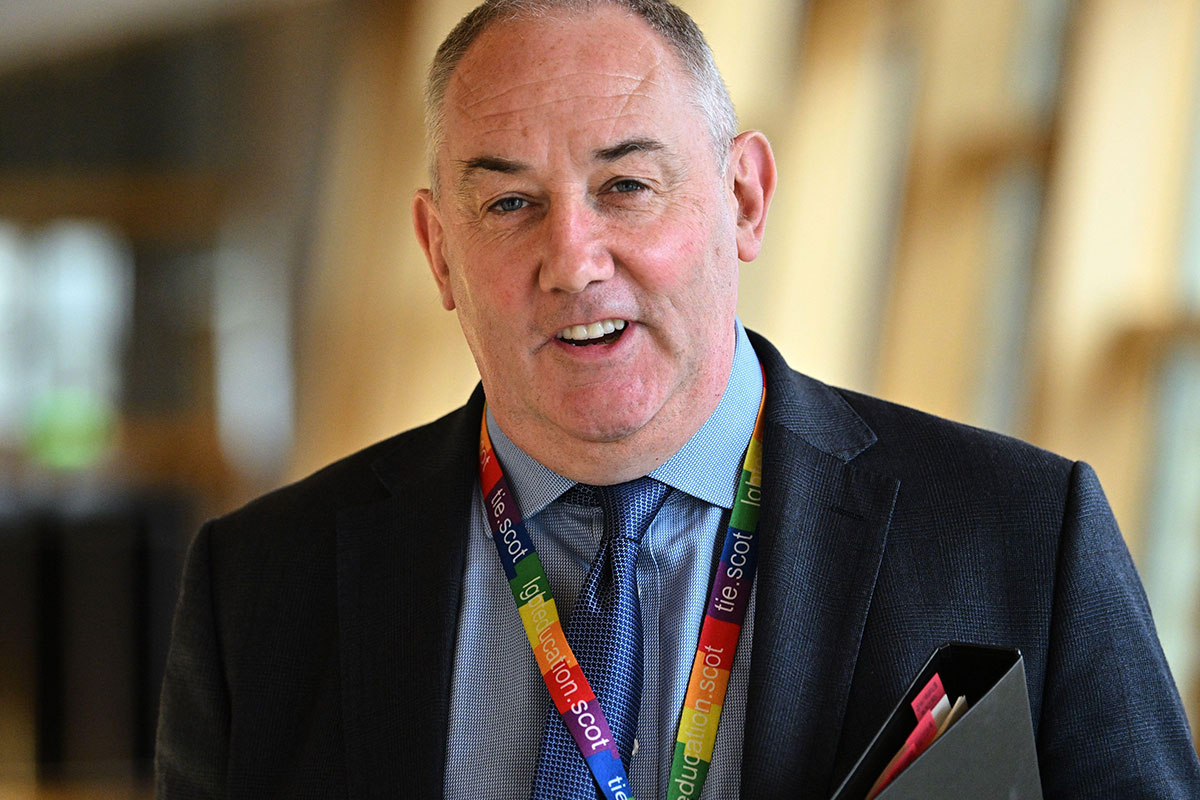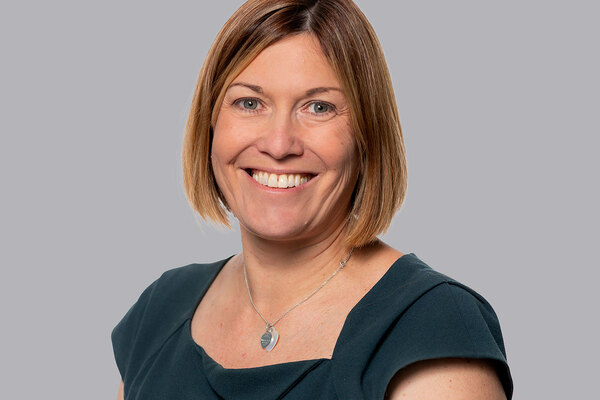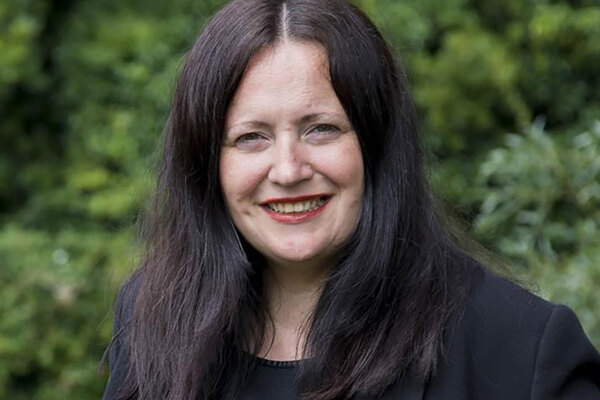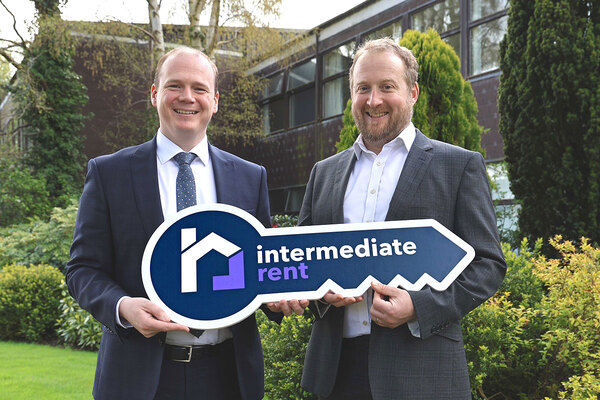You are viewing 1 of your 1 free articles
High debt levels and cost of improving stock the main challenges for social landlords, says S&P
Balancing high levels of debt while investing in existing assets to improve fire safety and energy efficiency are the key challenges for the UK social housing sector in the coming years, according to a ratings agency.
In its 2021 outlook for social housing providers, Standard & Poor’s Global Ratings (S&P) said the UK social housing sector will remain “broadly stable” in the coming year but warned of a “negative bias” due to high debt levels and requirements relating to tighter building safety standards and carbon targets.
“We consider the high level of debt in the sector, combined with a need to increase investments in existing assets, to be the main challenge for the sector over the coming years,” the report said.
As reported by Inside Housing last month, the Regulator of Social Housing is expecting the sector in England alone to borrow £42bn over the next five years.
S&P noted fire safety demands post-Grenfell will lead to increased asset investment in the sector, “especially for those social housing providers situated in urban areas with high-rise structures”.
“Aside from fire safety standards, we expect the sector focus on customer satisfaction and asset quality, as outlined in the government’s Social Housing White Paper published in late November, and to start factoring in additional cost to futureproof their assets from an energy efficiency standpoint,” it added.
The agency said 85% of the 42 registered providers it rates have a stable outlook but Brexit will impact the sector while the COVID-19 pandemic will increase arrears, potentially resulting in an accumulation of bad debts and a loss of rent revenue.
S&P said 2021 would see continued uncertainty in the UK housing market, in particular London, which has meant “margins have tightened on for-sale activities for many providers, which weighs on the financial performance for providers and will likely continue to do so over the next year”.
The agency said: “We forecast that margins on market-related spending will remain slim, which will likely add to a weakening in the providers’ adjusted earnings before interest, taxes, depreciation and amortisation (EBITDA).”
As cross-subsidy from sales and grant funding remains low, there will also be greater need for social landlords to fund their activities on the debt capital markets, S&P predicted.
“We consider that debt burdens are likely to increase and that the higher debt positions would need to be sufficiently covered by stable and predictable internally generated cash flow to maintain stable creditworthiness across the sector,” its report said.
Sign up for our development and finance newsletter
Already have an account? Click here to manage your newsletters
